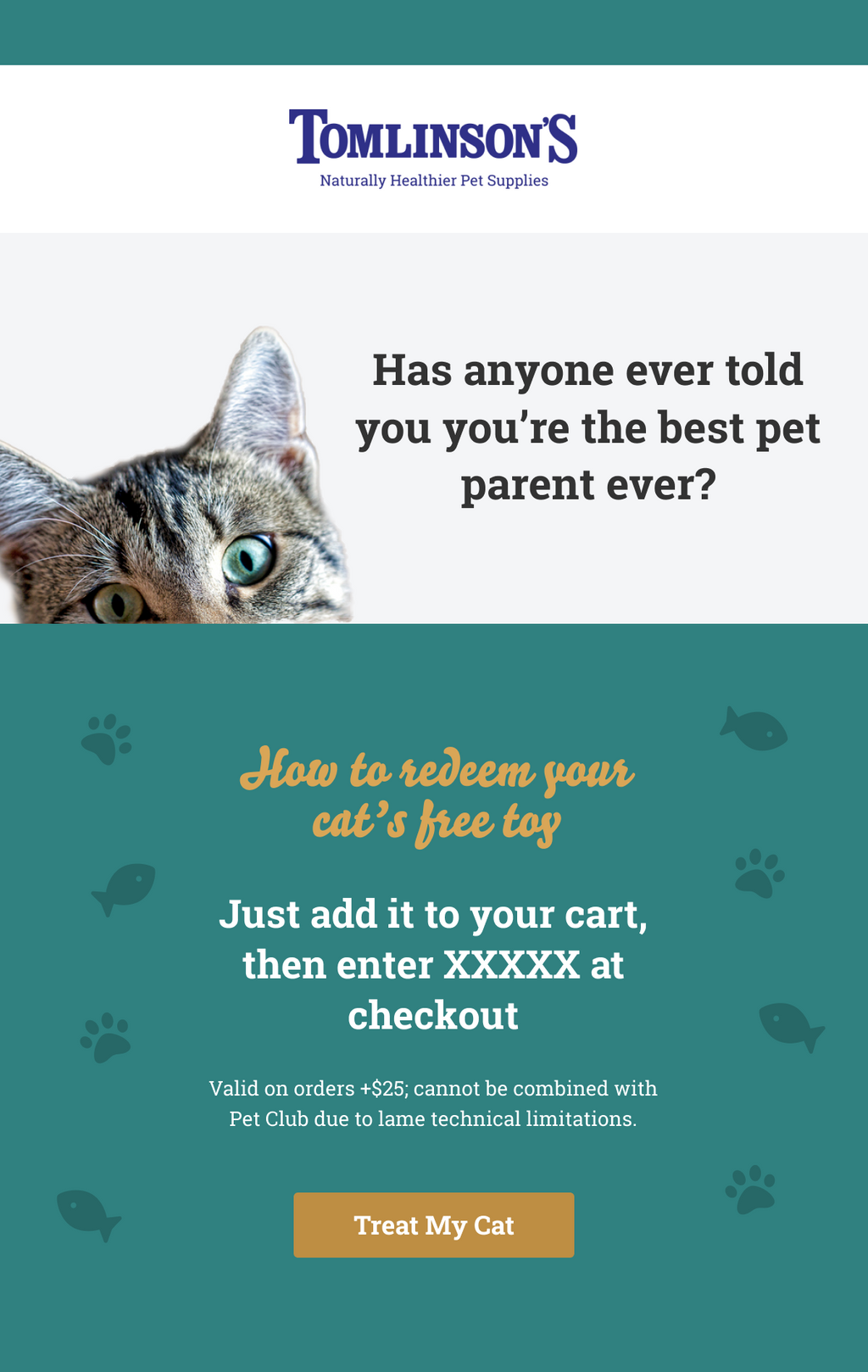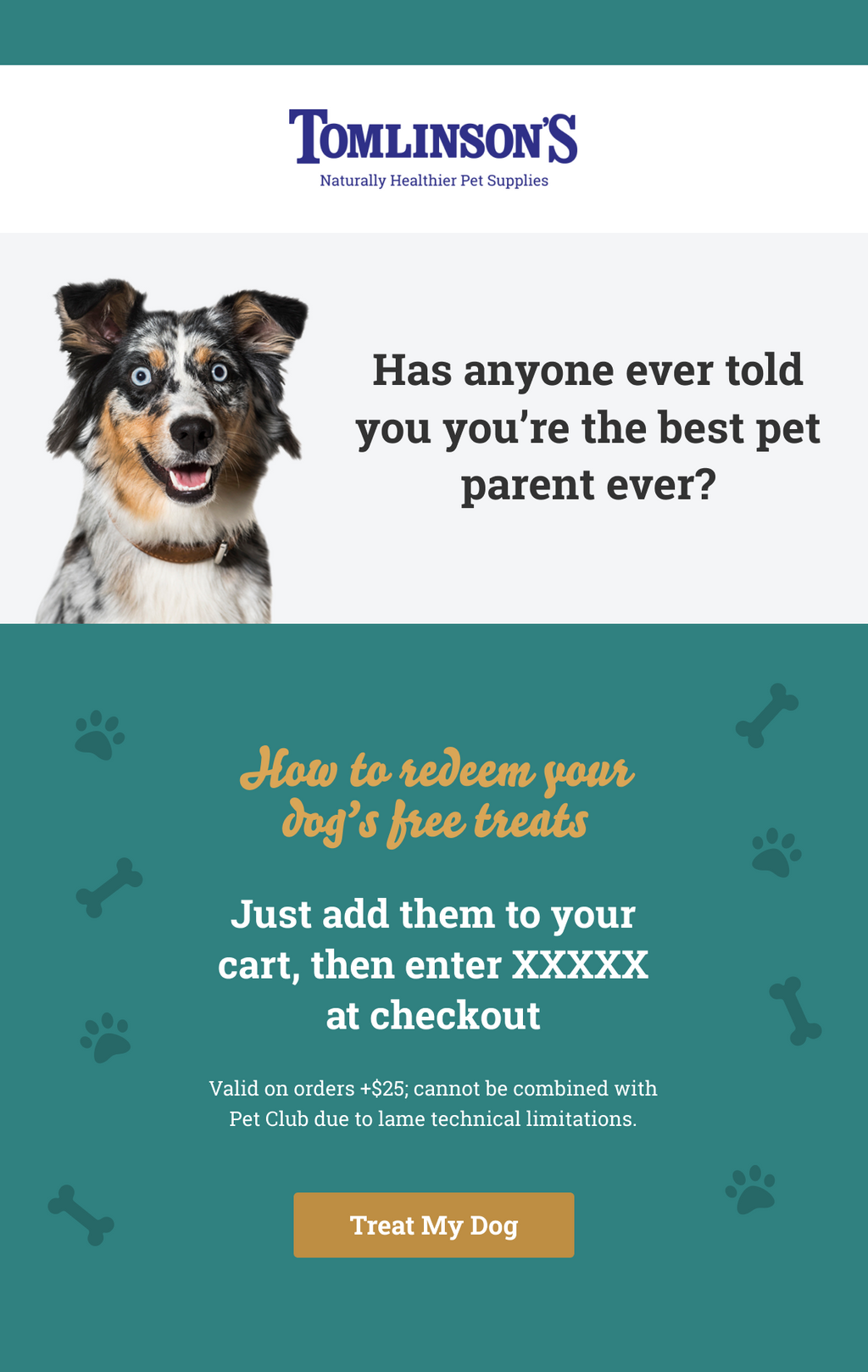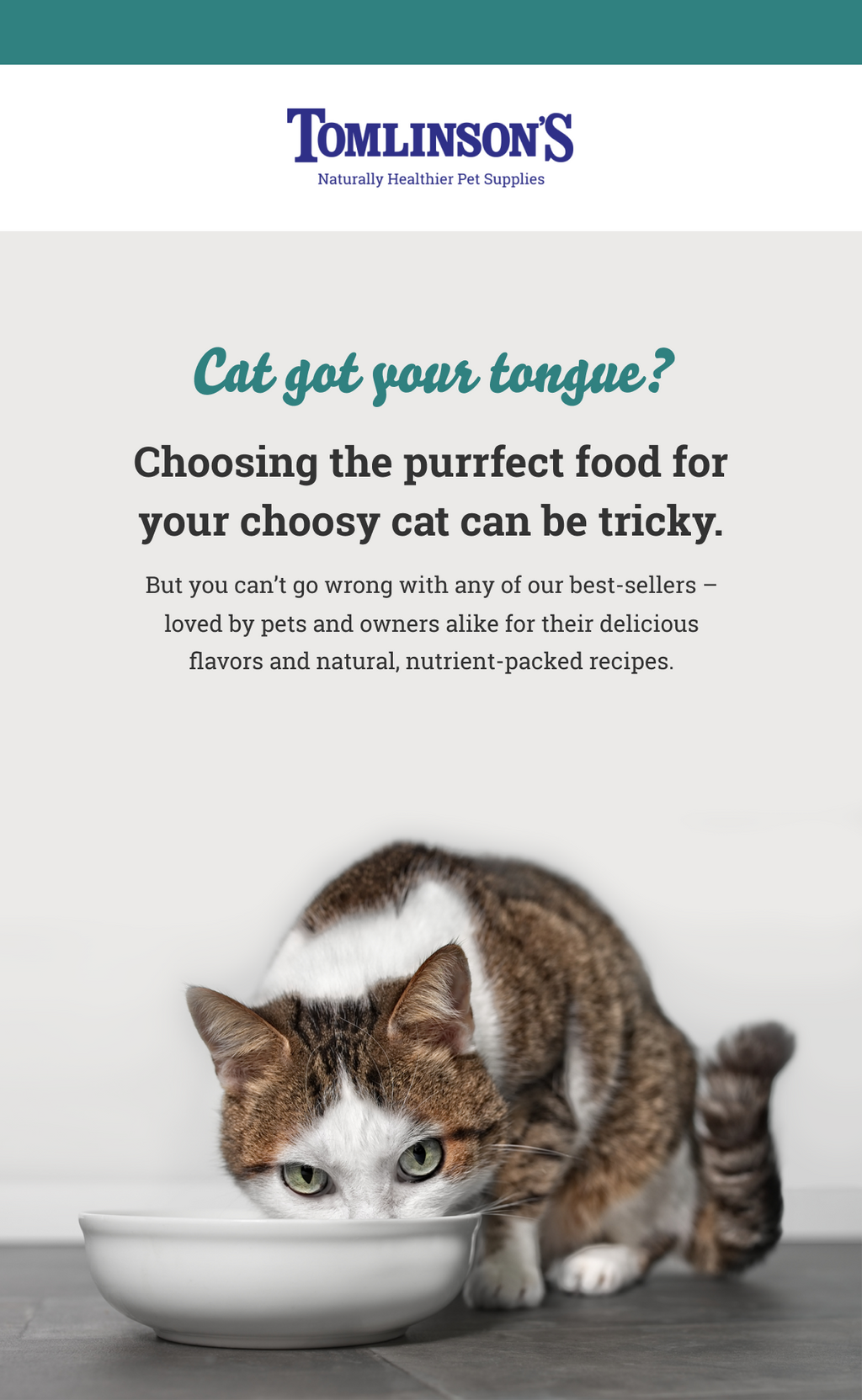We’ve heard marketers loud and clear: rising ad costs, lower ROAS, and shifting strategies—oh my!
But don't worry, zero-party data and owned marketing are here to save the day.
Yes, the new consumer privacy changes to iOS and third-party cookies are making your day-to-day frustrating. So what can you do? Klaviyo said it best: “it’s time for marketing as usual to change.”
The truth is you can’t rely on third-party data anymore. And you need to pivot quickly toward a new strategy. Luckily, the solution is already in your hands: it’s called “owned marketing,” and you’re probably already doing it.
Owned marketing is marketing through brand channels that you have complete control over. For example, your email, SMS, app, website, and content are all owned marketing channels.
To use your owned marketing channels well, you need customers on them to actually engage with. This is why it’s essential to grow your marketing lists and collect zero-party data, resulting in you reaching more customers and sharing messages that feel personalized.
Here’s our take: Without learning how to engage with customers on your owned channels in meaningful ways, you’ll continue toward the trap of dumping money into paid channels while your competition is already connecting and nurturing relationships with customers through owned marketing.
To top it off, your messages fall flat when they aren’t personalized because they're unrelated to your shopper’s interests. (There’s a reason 63% of consumers will stop buying from brands that use poor personalization tactics.)
If you’re ready to take Klaviyo’s advice and change your marketing strategy, then we’re here to help! Let’s discuss how to collect zero-party data and use it to your advantage.
The new kid in town: zero-party data
First things first, what is it?
Zero-party data is personal information your customers intentionally and willingly share with you, including their demographics, shopping preferences, pain points, or even contact info.
Emphasis on the “intentionally and willingly,” which is why zero-party data is preferred by customers (aka, it feels less creepy).
Why focus on zero-party data?
Brands still have access to first-party and second-party data. So why focus on zero-party data? Here’s what the CEO and co-founder of Octane AI, Matt Schlicht said:
“With zero-party data, brands are significantly diminishing their dependence on third-party advertisers and building meaningful relationships based on personalization and trust. Building a relationship isn’t just collecting email addresses or phone numbers, it’s about getting to know each customer’s preferences, needs, and pain points.”
In fact, 71% of consumers are inclined to share this information if it means getting personalized recommendations from brands, according to this consumer behavior report.
There are many benefits to using zero-party data. The obvious is that it gives brands the ability to create extremely personalized marketing campaigns for their customers.
“By collecting this high-value zero-party data and building their own database, brands are able to personalize their email, sms and owned channels with even better sophistication than they were able to do before on ads,” shared Matt.
Imagine how much more likely it is for customers to make a purchase when you’re recommending the exact products they prefer. (I’ll give you a hint: personalized emails are 26% more likely to be opened and 760% better at generating revenue.)
A personalized user experience can't be beaten, but some of the lesser-known benefits of zero-party data include being able to…
- Tailor your website experiences to recommend products based on shopping preferences.
- Announce new products via SMS or email just to a segmented list that you know would be interested.
- Target your paid ads even better than before by trusting your message and product recommendations are based on a customer’s need.
- Learn which customers are more profitable for your business.
- Understand what brand messaging will impact your audience the best.
- Inform your content marketing strategy by knowing what interests customers most.
- Discover a new audience you maybe didn’t know was shopping at your store before.
Do you see how powerful this quality data can be now? Bye-bye third-party data!
“It's no longer good enough to just get someone’s contact information—that isn’t a relationship, and the fastest-growing brands understand this. A relationship is based on conversation, personality, getting to know one another over time, and leveraging what we know about one another to make our lives better.”
- Matt Schlicht
The difference between zero-, first-, second-, and third-party data
“I don’t understand the difference between zero-party and first-party data.”
We’ve heard marketers say this— a lot. Overall, there’s a lot of confusion between the different types of consumer data.
Let’s break down the types of data, shall we?
Zero-party data: Information that customers intentionally and willingly share with companies through surveys, pop-ups, and other interactions. This type of data typically includes a customer’s demographics, shopping preferences, pain points, or contact info.
First-party data: Information that companies collect about customers through their behavior. This includes how customers interact across a company’s website or app, their purchase history, where they click, where they spend their time, the transactions they make, and even what they download. It's a form of behavioral data to understand purchase intentions.
Second-party data: Information about another company’s first-party data that you purchase from the company and have permission to use.
Third-party data: Information about customers that is collected from various sources and aggregated together. This type of data usually includes demographic information, interests, and purchasing signals.
Here, this picture should help summarize the differences:

Okay, all jokes aside—Apple’s data privacy changes are negatively impacting paid channels. In fact, in the second quarter of 2021 social media ad prices increased 14%, according to an article in Barron’s.
So, without zero-party data, you’ll definitely have a difficult time retargeting prospects (which will impact your bottom line).
“Third-party data and retargeting ads are based on a rented relationship model—that is a relationship a brand doesn’t own (it’s owned by Facebook). Rented relationships are definitely the model brands should run away from.”
- Matt Schlicht
How to collect zero-party data
“How can I learn about a customer’s preferences and needs without talking to them face-to-face?”
Another common question we see is how to actually collect zero-party data. Luckily, even as an ecommerce brand, there are various ways to get in touch with your customers to ask key questions—just like retailers can.
We'll touch on a few of the most common we’ve seen from brands.
- Create targeted pop-ups: Whether it’s a conversational pop-up or a pop-up targeted to a specific product line, use your pop-up to ask customers for more than just their email. You can ask for their birthday, favorite color or flavor, or any other information that would be relevant to making your campaigns personalized.
- Build an on-site quiz or survey: Quizzes are such an engaging way to interact with your customers. Build product recommenders, customer surveys, routine finders, or consultations where you can ask customers about their needs and pain points.
- Share your email preference center: Customers don’t want to be emailed about promotions or product launches that aren’t relevant to their interests. Create an email preference center where customers can tell you exactly what type of content they want to receive from you (and what product lines they’re interested in most).
- Host a contest with a landing page form: With embedded forms directly on your site, you can collect more than just an email. Similar to the other options we've listed, you can use this opportunity to ask customers about their needs or preferences in order to help personalize their shopping experience. A great way to get customers to fill out this kind of form is to create a contest landing page with the form as one of the ways to enter.
- Allow customers to create an account: Whether it's through a subscription, membership, or loyalty program, when customers create an account with your store, you can ask them information about their preferences at the point of sign-up. Ask them to share their birthday, their style preference, their skin type—whatever you need to be able to segment them into specific flows.
Through all of these data-collection tools, you’ll be able to understand a customers’ preferences, needs, wants, interests, and intent for shopping at your store.
Matt says brands should then “leverage that data to personalize communication with customers over time in ways that will be valuable and delightful.”
He shared an example from Doe Lashes: Upon discovering an entirely new audience that was shopping at its store through a quiz (customers who had never worn false lashes before), Doe saw an opportunity to start a new customer relationship with a unique segment of shoppers.
Doe leveraged its email channel to create a customized welcome sequence to educate those prospects about the benefits of Doe’s false lashes, which drove high customer engagement.
“It resulted in a big increase in revenue and conversions. Today, 44% of email subscribers and 24% of all Doe’s revenue is collected through the Shop Quiz. That’s the power of data, personalization, and relationship-building.”
- Matt Schlicht
P.S., Are you interested in learning more about Apple's privacy changes? Here's a free eBook on how you can make strategic shifts right now to overcome these changes:
Collecting zero-party data: the power of pop-ups
Setting up a quiz, survey, or email preference center might seem a bit daunting at first. So start with a pop-up.
These are relatively easy to put together and are very effective, which you're about to see with an example from Tomlinson's—a pet store for natural, healthy pet products.
You likely already ask your new visitors for their email address through a pop-up (if not, check out this article to understand why you need to jump on that opportunity immediately).
But on top of growing your crm, pop-ups are your chance to ask subscribers for more info about themselves, including…
- What type of content do they care about?
- What products or collections will they want to shop?
- What life event they're going through that you can help with?
First, determine the most relevant question that will help you segment your audience. Think of your different types of customers, consider your various product collections, and learn what makes one buyer lean toward one over another.
Not sure what we mean? Don’t worry, we have a few examples for you to get your ideas flowing:
American Tall

American Tall is an apparel company for those who tower over us “small folks.” After launching their women's collection, they wanted to make their new lady shoppers feel included without alienating their original audience. To do so, they simply started to ask their subscribers if they cared to see apparel for men, women, or both.
Tomlinson’s Feed

Tomlinson’s Feed—a store for natural, healthy pet products—welcomes first-time visitors with a beautiful and engaging pop-up experience. As a first step, they ask subscribers upfront if they’d prefer a dog treat or cat toy. Then they go a step further by asking if they're a dog person, a cat person, and/or other. With this data Tomlinson's can send personalized recommendations and product highlights knowing the customer will find value in it.
Bariatric Fusion

This interactive pop-up is a bit different than a regular pop-up—it’s called a conversational pop-up, and it was created by the amazing team at Octane AI. The reason this pop-up is interesting is because it allows brands to ask customers questions to recommend a product directly within the pop-up. It’s almost like a mini quiz experience where the customer can add the products to their cart without exiting out of the pop-up. It’s a great way to drive sales while collecting customer-first data.
Premama

Premama Wellness accompanies couples on their journey to parenthood with a four-stage supplements system. For their communication to resonate, it's important they know exactly what stage each subscriber is at. That's why they included a dropdown on their email form to ask subscribers directly. This type of zero-party data collection informs what kind of email flow the customers get added to.
Keymaster Games

Keymaster creates beautiful games that they sell both in stores and online. Many of their fans might have bought their best seller—Parks—at Target. This means Keymaster's Klaviyo account has no record of the sale and cannot categorize them as Parks-owners. However, their email strategy includes segmentation focused on highlighting this bestseller for subscribers who don't already own the game. In order to have a more complete understanding of who should be excluded, Keymaster Games decided to ask that question on their pop-up form.

Let's get technical about all this
Now, we know we said these pop-ups are easier to set up than a quiz or survey, but it does take a little know-how.
Obviously, we can't cover all possible ways of doing this in all available tools. However, we can show you the behind-the-scenes of one of our examples. Stick around to see how Tomlinson's Feed's pop-up is built. We promise, this is going to be helpful!
We used Justuno to build Tomlinson’s pop-ups because of its strong technical and design capabilities, and because of its robust Klaviyo and Shopify integrations.
Tomlinson's pop-up is actually built using four separate "promotions":
- Promotion 1 asks if they want a dog treat, a cat toy, or neither.
- Depending on where they click, it opens up one of three customized promotions.
You can see here the technical set up in Justuno for the first part of the pop-up:

Here are Tomlinson’s four promotions that work together:

Why do we do this using four different promotions? We need a way to tell Klaviyo that the subscriber clicked on "Dog treat" rather than "Cat toy" or "Other." When the "Dog treat" subscriber enters their email address, we can easily attach a custom property letting Klaviyo know that they want a "Dog treat".
This information is stored within the Klaviyo profile, available for segmenting our welcome emails.

But we don't stop here. It's possible someone would pick a cat toy even though they're actually raising all sorts of furry or feathery babies. To account for this, the second part of the pop-up asks customers directly what kind of pet parent they are.

This check box adds another custom property to their Klaviyo profile:

We use this information further in the welcome flow to share best sellers they might be interested in depending on their menagerie. Here’s an example of what a cat person receives in their welcome flow (click to enlarge):
Tomlinson’s incredible results
The mobile and desktop pop-up have very successful average capture rates of 11.74% and 7.54% respectively.
While the welcome flow that follows up from their pop-up responses has an exceptional conversion rate of 23%.
To give you some perspective on how well Tomlinson’s pop-up and welcome flow is performing, our goal with clients is typically to reach an 8-10% conversion rate for welcome flows—after capturing about 5% of traffic via the pop-ups. In other words, these systems are performing about twice as well as the average industry rates!
Start collecting zero-party data to take a personalized approach to marketing
Personalization is no longer a "nice-to-have." It's a "must-have" for brands to offer a customer experience that builds long-term relationships with customers.
And as Benyamin Elias the Director of Growth at Podia says, “If you want to put yourself in your customers' shoes, the first thing you have to do is steal their shoes.”
Okay, but for real, 91% of consumers say they are more likely to shop with brands that provide offers and recommendations that are relevant to them.
Personalization isn't the future—it's the now. And zero-party data will make your marketing efforts more effective.
If you’re looking for help with your zero-party data strategy, our team of email marketing experts can help you get started and see great results.
You can reach out to us using the form below to get started!
This article was co-written by Lisa Oberst and Tina Donati.



